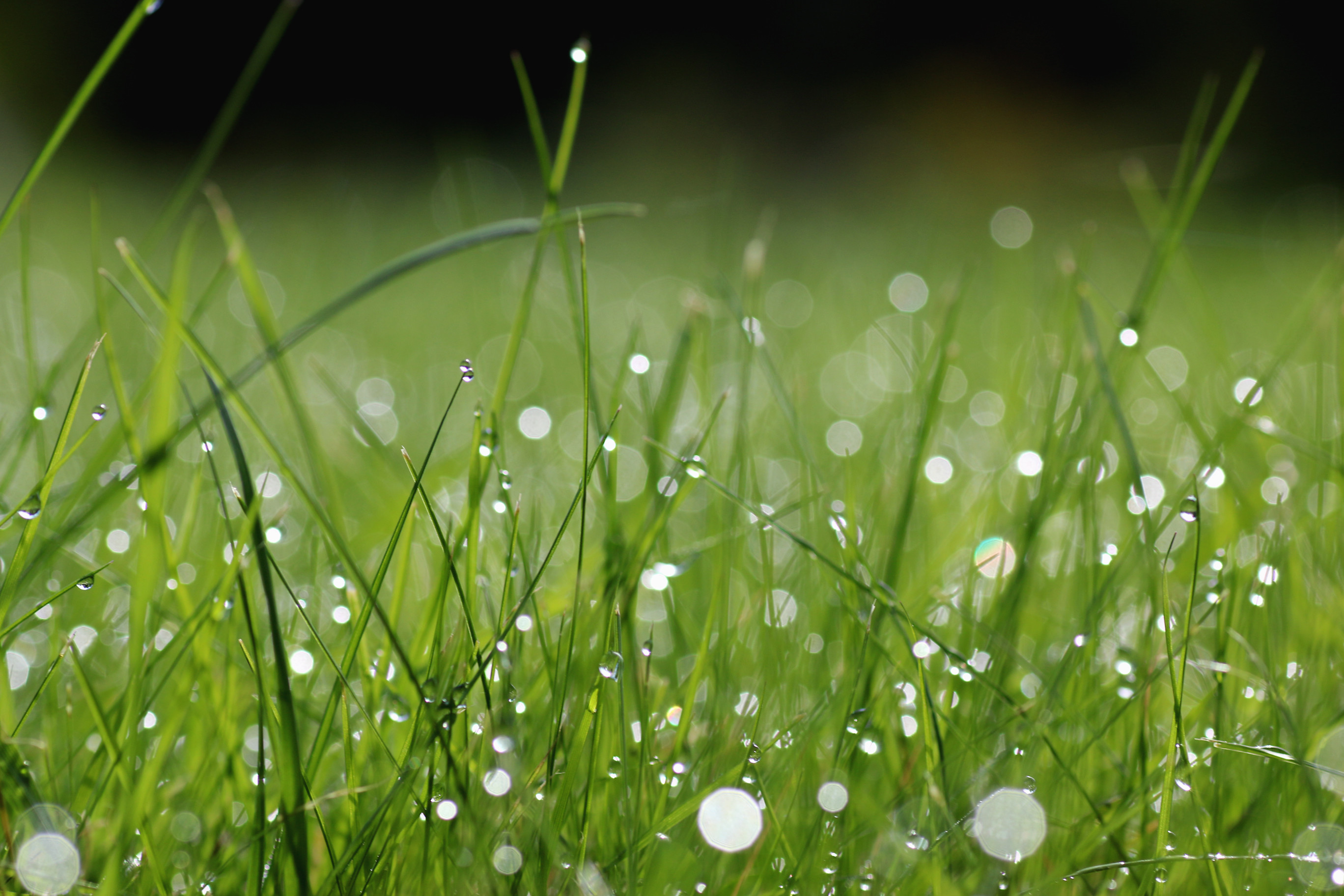Why is My Sod Turning Yellow

Many new lawns are installed using a species of grass in the form of sod. Sod grass is grown and cut into rectangles then laid on previously prepared soil in a brick pattern. When complete the yard looks like a finished lawn but new sod can take up to 5 years to become completely established. Why is my sod turning yellow is a question with several possible answers. A close inspection of your newly installed sod grass or your established lawn will determine the cause so a viable solution is found.
Overwatering
Why is my sod turning yellow is because it may getting too much water. New sod requires more water than an established lawn to help establish its roots, but the watering schedule should gradually decrease. Newly installed sod watering instruction given to you by one of our sod installation professionals should be followed as directed. Time of year, light and soil conditions and weather patterns are all important factors in determining your specific watering instructions and to prevent overwatering.
Pet Urine
Why is my sod turning yellow may be because of an animal. Pet urine will burn new sod and established lawns because of its high nitrogen content. This can result in my sod is turning yellow or brown in patches. Hand water in these areas to dilute the urine. Over time, the new grass will grow normally, and your lawn will regain its green color.
Poor Soil Quality or Location
Grass near trees or shrubs may yellow or stop growing over time as the trees grow in size. The tree roots of established trees and shrubs will win the battle for soil nutrients which makes it difficult to establish new sod in these areas. Grass also needs 6 or more hours of direct sunlight to establish itself even when installing a more shade tolerant cultivar and poor location may be the answer to why is my sod turning yellow. Instead of laying new sod in shaded areas consider shade tolerant plants and mulch, paver paths and patios or a rock garden.
Overfeeding
New sod should not be fertilized for at least 30 to 60 days after installation. Fertilizing newly installed sod before this time will turn sod yellow. Most sod is fertilized prior to harvesting and adding more can lead to nitrogen burn. Water the yellowed areas to dilute the nitrogen levels and do not fertilize your new sod until at least 30 days have passed since installation.
Disease
Overwatering, especially during the cooler months can cause the onset and spread of grass born disease and fungus which may answer why is my sod turning yellow. There are several types of funguses which will cause yellow patches of grass in your new sod lawn and cause it to die. Hiring a spray company professional will be able to access the type of disease and implement a regimen of fungicides to kill the disease and encourage new green grass to grow in its place.
